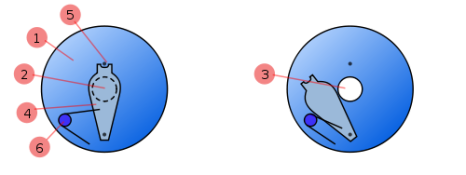bvy
Member
I have several "lo-fi" cameras that employ a simple, single blade leaf shutter, the likes of which can be seen here.

Wikipedia link
What I'd like is to modify some of these to have a really fast shutter. I realize I'm not going to get 1/1000 or even 1/500 out of it, but something in the neighborhood of 1/125 to 1/250 would be wonderful. (My Vivitar Ultra Wide & Slim, for instance, clocks at a blurry 1/80 and usually overexposes). Given the limitations of its simple design, how fast can these shutters get (in theory or in practice)?
And, in general, what are some strategies for speeding up such a shutter? The most obvious approach seems to be to add tension to the springs (the one that cocks the shutter and the one returns the blade to its closed position) so that the blade pops out of and back into position more quickly. I've done this with mixed results. Is there a better or more novel way?
Thanks.

Wikipedia link
What I'd like is to modify some of these to have a really fast shutter. I realize I'm not going to get 1/1000 or even 1/500 out of it, but something in the neighborhood of 1/125 to 1/250 would be wonderful. (My Vivitar Ultra Wide & Slim, for instance, clocks at a blurry 1/80 and usually overexposes). Given the limitations of its simple design, how fast can these shutters get (in theory or in practice)?
And, in general, what are some strategies for speeding up such a shutter? The most obvious approach seems to be to add tension to the springs (the one that cocks the shutter and the one returns the blade to its closed position) so that the blade pops out of and back into position more quickly. I've done this with mixed results. Is there a better or more novel way?
Thanks.











